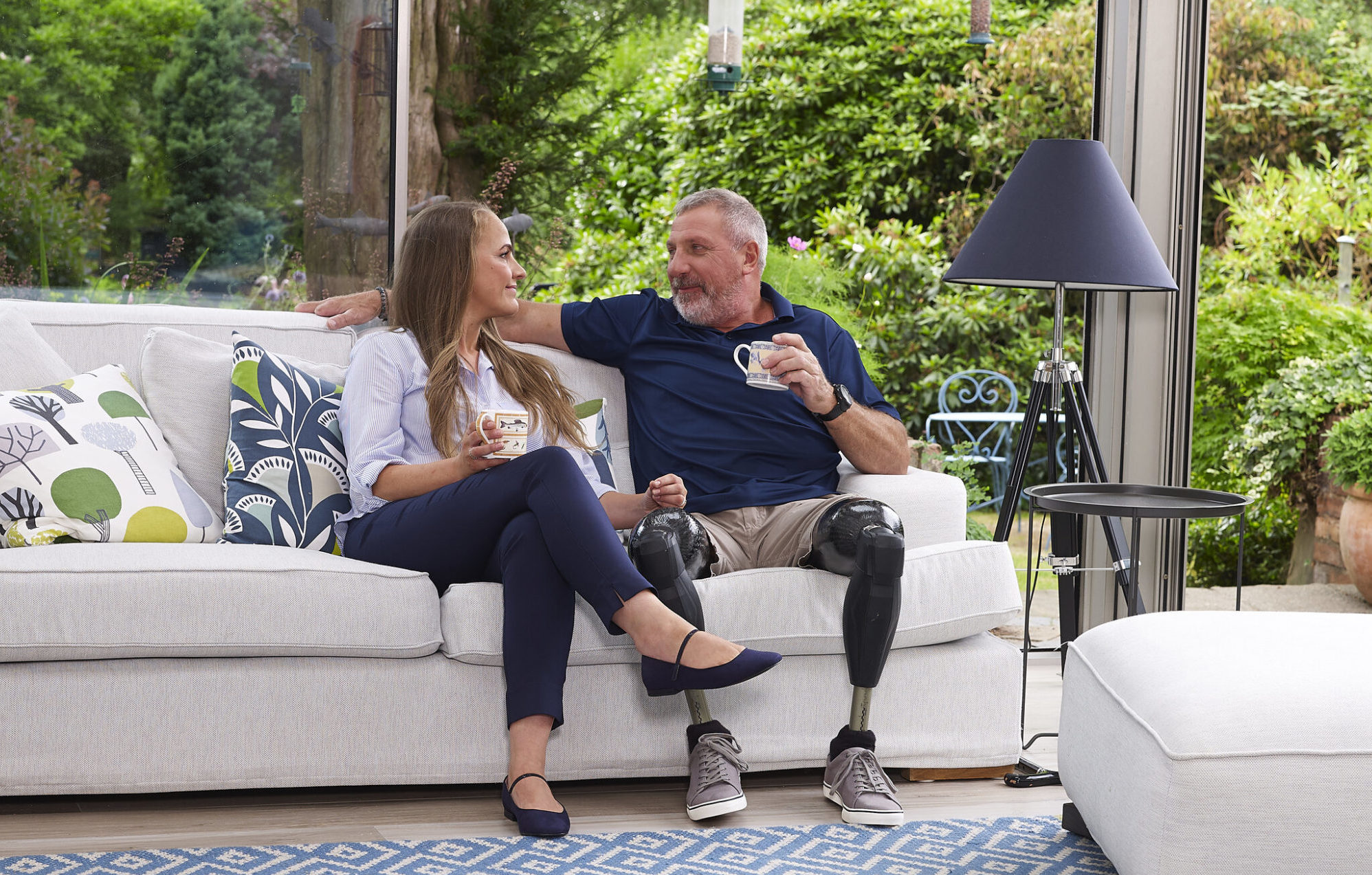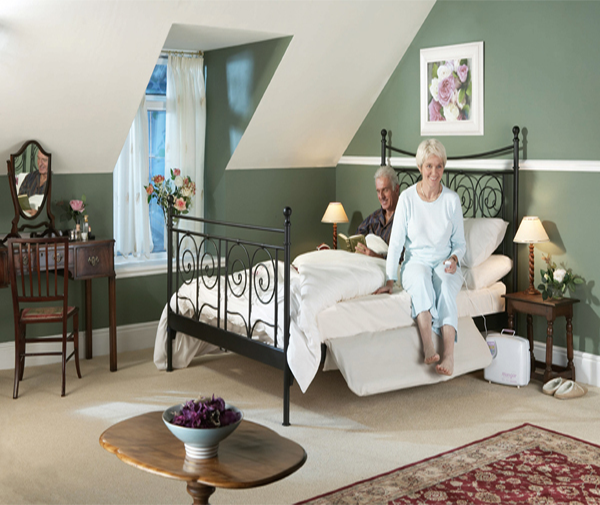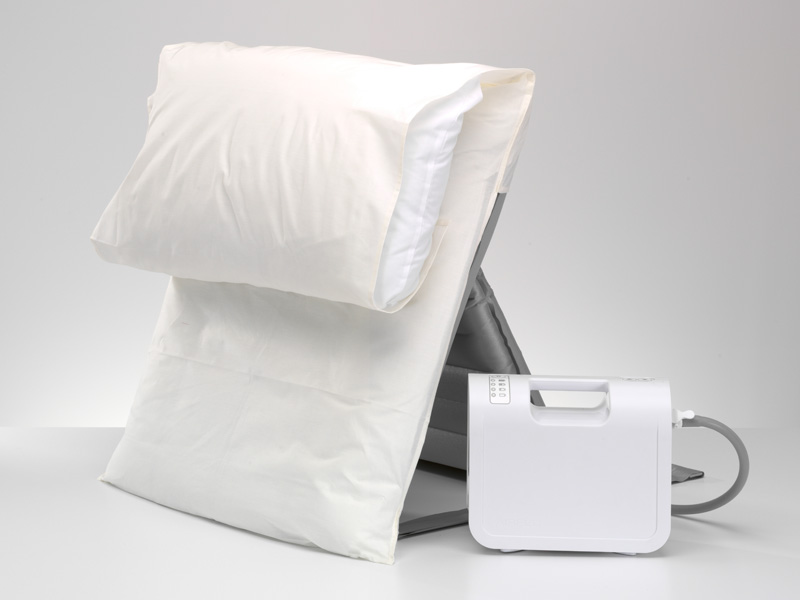Why staying at home has become the new normal

COVID 19 has been a healthcare and operational business disrupter. As we all adapt to the “new normal” that disruption has caused things to change. The realization that treatment in the home to save the patient with non-life threatening injuries a trip to the ED, an admission and hospital bed, is here to stay.
More than 11% of all calls to 911 are to support people who have fallen and more than 50% of these can be treated in place, requiring no further transportation onto hospital.
A study in Maplewood, Minnesota tracked 10 years of falls calls from the over 60s and measured the mix of patients requiring transportation onto hospital and those where a lift assist means they can stay at home once support has been delivered.
Over the 10 year period falls calls increased by 268%, (compared to 15% in population) yet patients requiring transportation onto hospital decreased during this time. Calls for lift assists doubled in the decade costing the local community $1.5m.
The landscape of emergency care in the US is changing quickly and new business models like ET3 will change the way we care for patients, with an emphasis on ensuring the right treatment is received in the right place.




